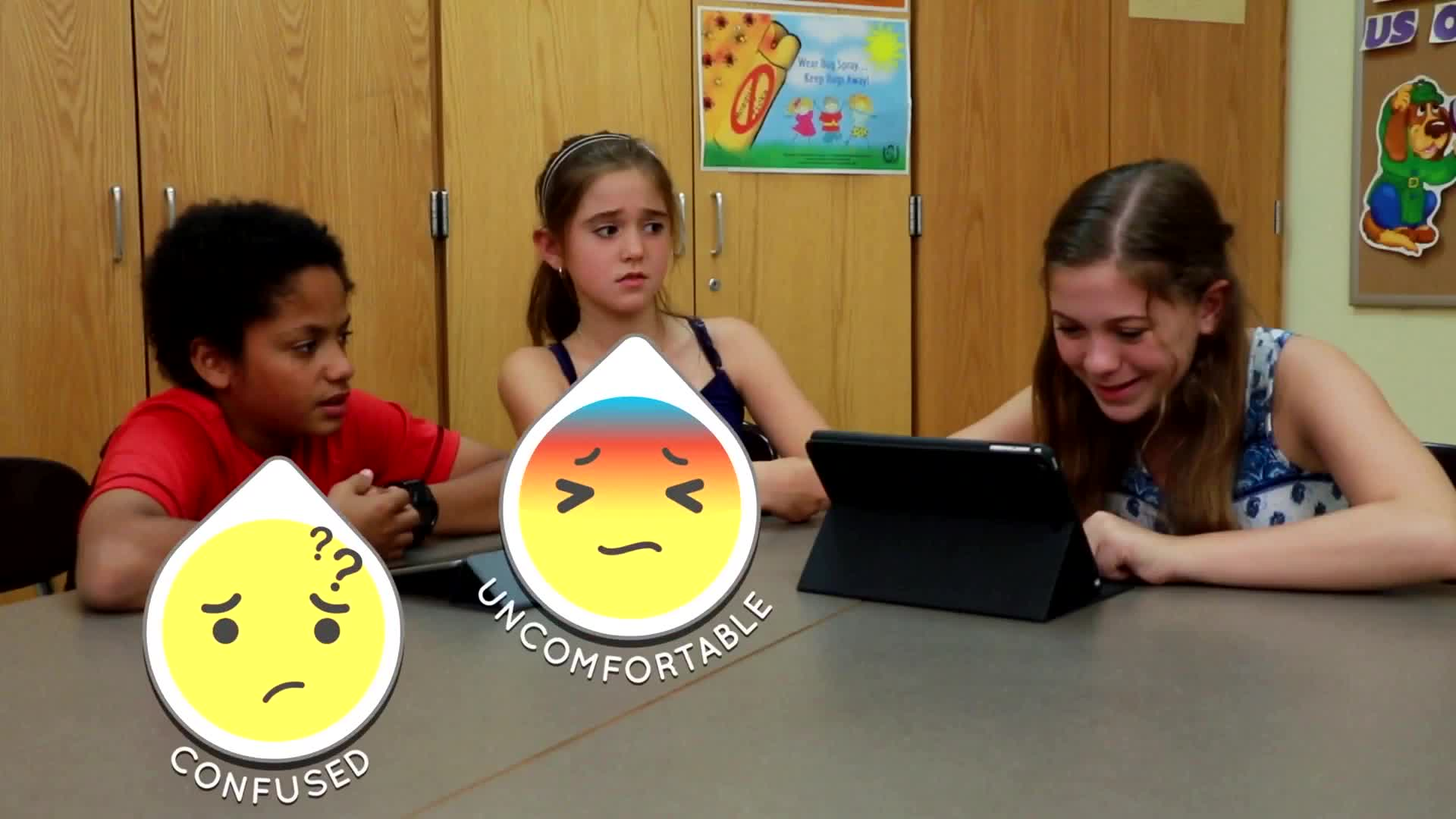
Introduction
Social-Emotional Learning (SEL) is an essential part of a child’s development, helping them navigate social situations and build strong relationships. One key aspect of SEL is recognizing when it’s appropriate to use a regular voice versus a silly voice. Sometimes, when children feel nervous or excited, they might start talking in a silly voice, which can make others feel uncomfortable or confused. This blog post will discuss an activity that educators can use to teach PreK students about using their regular voice in social situations. We will also provide discussion questions and mention other related skills for students to work on.
No-Prep Activity
This no-preparation activity is called “Voice Check.” Begin by explaining to your students that sometimes, when we get excited or nervous, we might start talking in a silly voice. But it’s important to know when it’s okay to use a silly voice and when we should use our regular voice.
Next, have the students sit in a circle. Choose one student to start by saying a simple sentence in either their regular voice or a silly voice. The rest of the students should then give a thumbs up if they think the voice was appropriate for the situation, or a thumbs down if they think it was not. Encourage the students to explain their reasoning for their choice. Continue this activity, allowing each student to have a turn speaking and evaluating the appropriateness of the voice used.
Discussion Questions
- How can using a silly voice in the wrong situation make others feel uncomfortable or confused?
- What are some situations where it’s okay to use a silly voice? What are some situations where it’s better to use your regular voice?
- How can we remember to think about the people around us and the situation before we start talking in a silly voice?
- What are some ways we can control our excited feelings and use our regular voice in social situations?
Related Skills
Besides learning when to use a regular voice versus a silly voice, there are other important SEL skills that PreK students can work on to improve their social interactions. These include:
- Active listening: Paying attention to what others are saying and responding appropriately.
- Empathy: Understanding and sharing the feelings of others.
- Self-awareness: Recognizing our own emotions and how they affect our behavior.
- Self-management: Controlling our emotions and behaviors in different situations.
Next Steps
Teaching PreK students when to use their regular voice in social situations is an important part of their social-emotional development. By practicing the “Voice Check” activity and discussing the related questions, students can learn to be more mindful of their voice and how it affects others. To further support your students’ development in this area and other related skills, sign up for free samples of Everyday Speech materials to help them continue their SEL journey.





